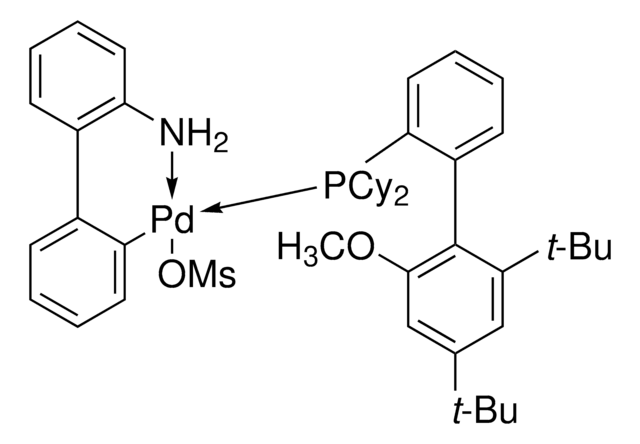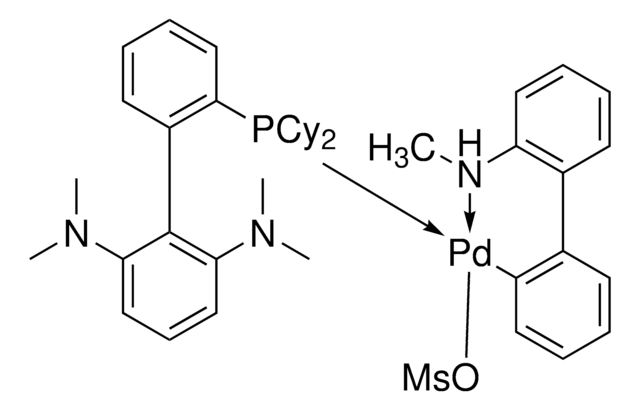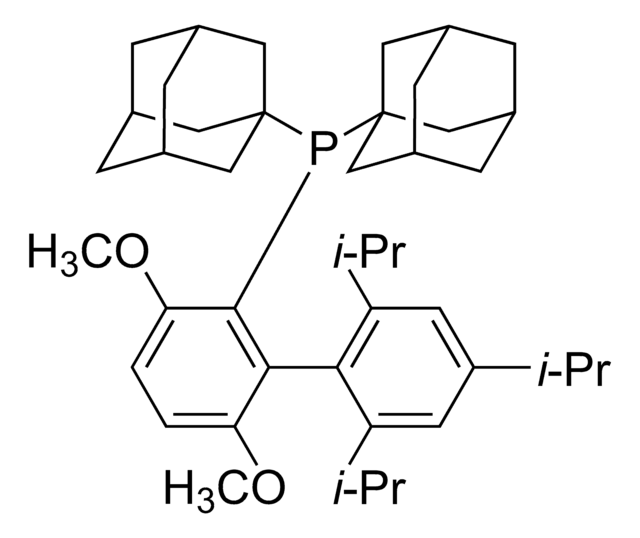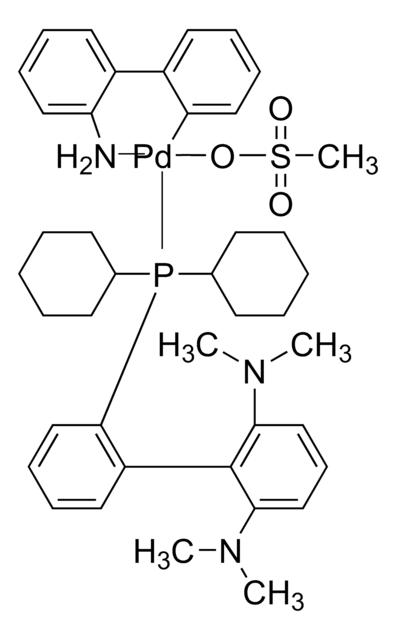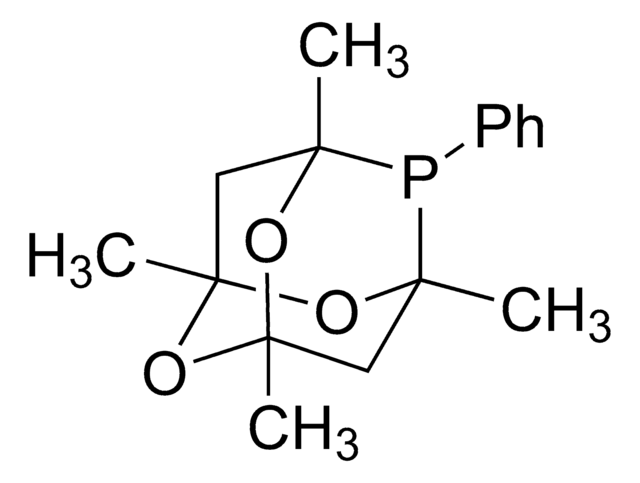900277
Bis(3,5-bis(trifluoromethyl)phenyl)(2′,6′-bis(dimethylamino)-3,6-dimethoxybiphenyl-2-yl)phosphine
≥95%
Synonym(s):
2′-(Bis(3,5-bis(trifluoromethyl)phenyl)phosphanyl)-3′,6′-dimethoxy-N ,N ,N ,N -tetramethyl-[1,1′-biphenyl]-2,6-diamine, 2′-(Bis(3,5-bis(trifluoromethyl)phenyl)phosphanyl)-3′,6′-dimethoxyN2,N2,N6,N6 -tetramethyl-[1,1′-biphenyl]-2,6-diamine, 2-{Bis[3,5-bis(trifluoromethyl)phenyl]phosphino}-3,6-dimethoxy -2′,6′-bis(dimethylamino)-1,1′-biphenyl
About This Item
Recommended Products
Quality Level
Assay
≥95%
form
powder or crystals
reaction suitability
reaction type: Buchwald-Hartwig Cross Coupling Reaction
reaction type: Heck Reaction
reaction type: Hiyama Coupling
reaction type: Negishi Coupling
reaction type: Sonogashira Coupling
reaction type: Stille Coupling
reaction type: Suzuki-Miyaura Coupling
reagent type: catalyst
reaction type: Cross Couplings
reagent type: ligand
mp
160.3 °C
functional group
phosphine
SMILES string
FC(F)(F)c1cc(cc(c1)C(F)(F)F)P(c3c(ccc(c3c4c(cccc4N(C)C)N(C)C)OC)OC)c2cc(cc(c2)C(F)(F)F)C(F)(F)F
InChI
1S/C34H29F12N2O2P/c1-47(2)24-8-7-9-25(48(3)4)28(24)29-26(49-5)10-11-27(50-6)30(29)51(22-14-18(31(35,36)37)12-19(15-22)32(38,39)40)23-16-20(33(41,42)43)13-21(17-23)34(44,45)46/h7-17H,1-6H3
Application
Hazard Statements
Hazard Classifications
Aquatic Chronic 4
Storage Class Code
11 - Combustible Solids
WGK
WGK 3
Flash Point(F)
Not applicable
Flash Point(C)
Not applicable
Choose from one of the most recent versions:
Certificates of Analysis (COA)
Don't see the Right Version?
If you require a particular version, you can look up a specific certificate by the Lot or Batch number.
Already Own This Product?
Find documentation for the products that you have recently purchased in the Document Library.
Customers Also Viewed
Our team of scientists has experience in all areas of research including Life Science, Material Science, Chemical Synthesis, Chromatography, Analytical and many others.
Contact Technical Service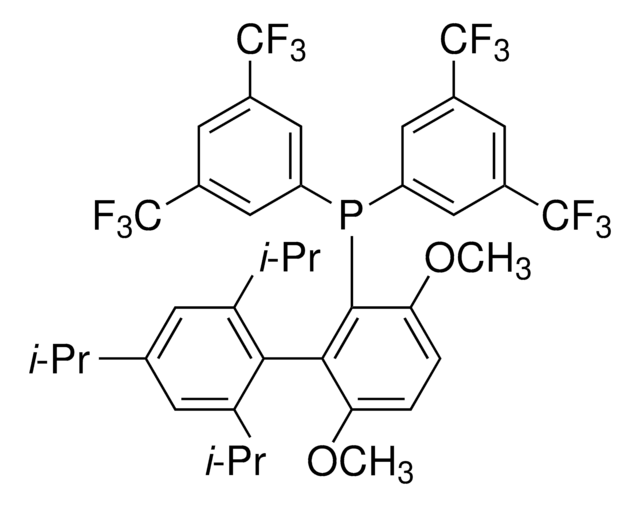
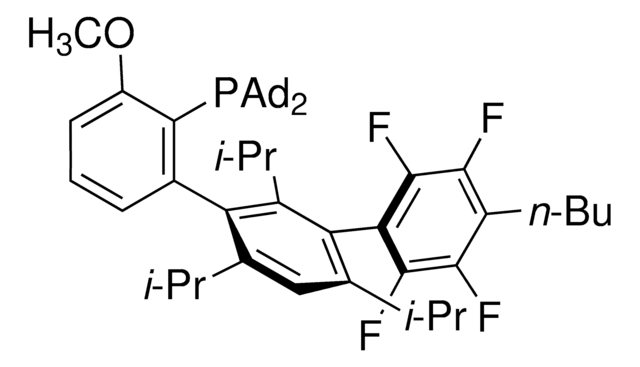
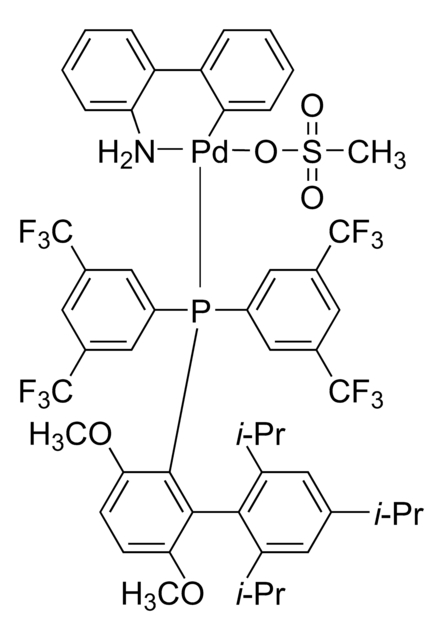

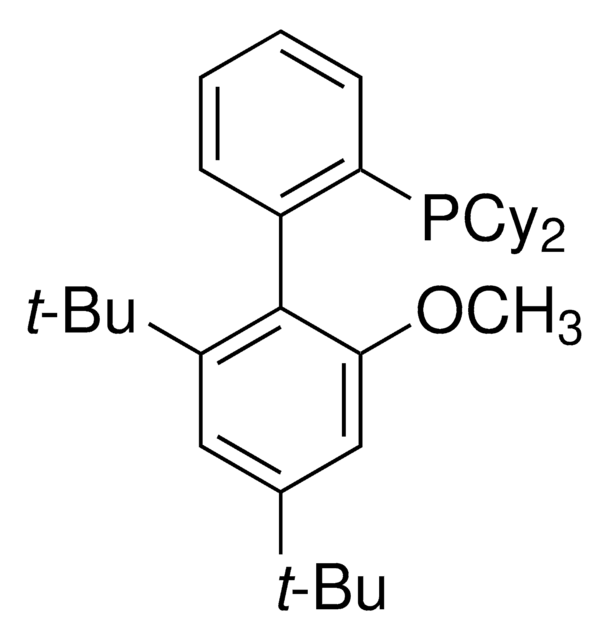
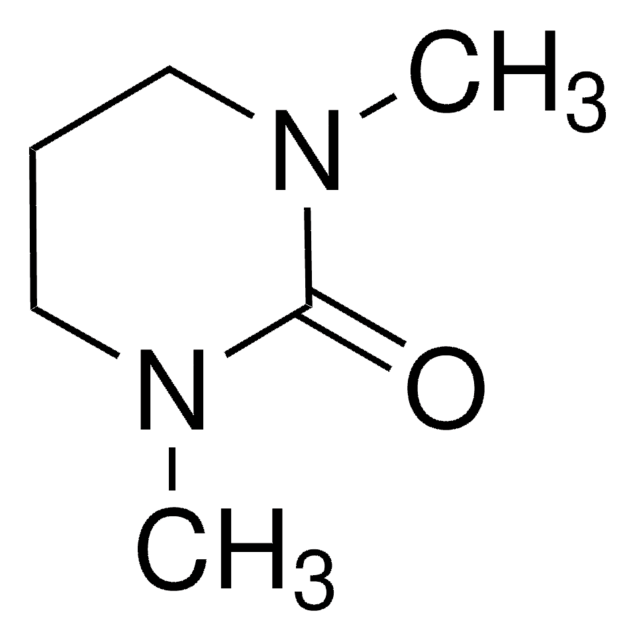
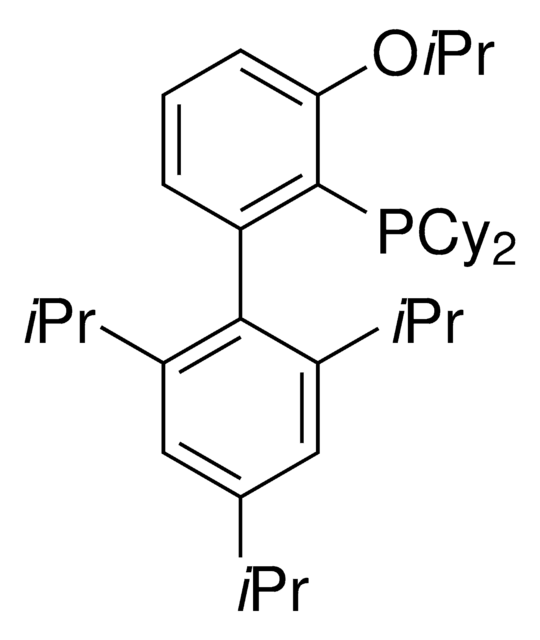
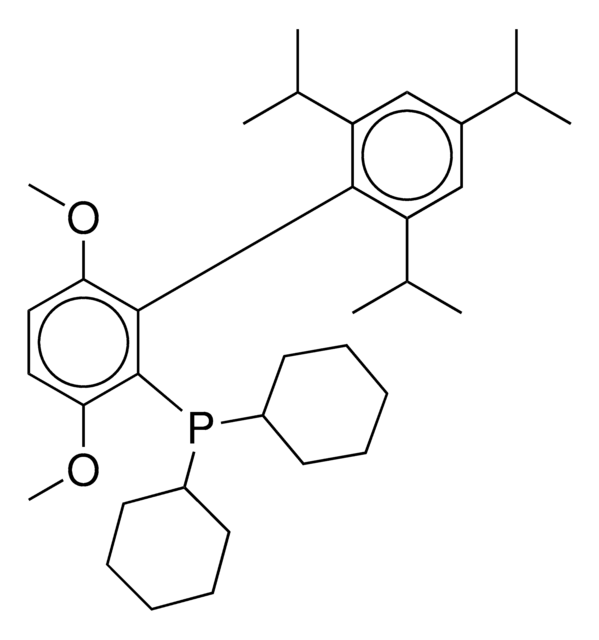
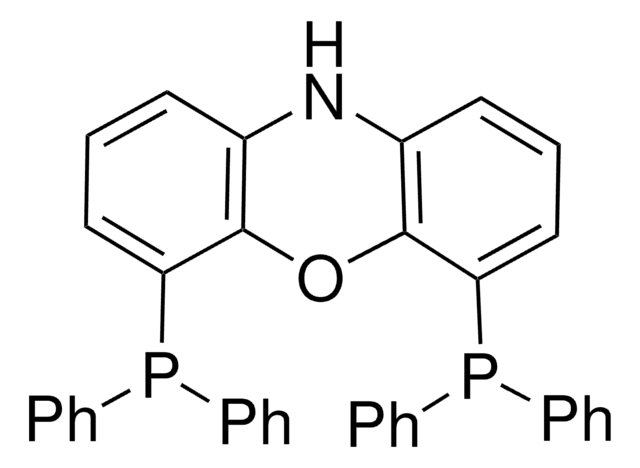
![2-[2-(Dicyclohexylphosphino)phenyl]-N-methylindole 97%](/deepweb/assets/sigmaaldrich/product/structures/224/910/4302f379-b335-4352-9f7d-67b84861582f/640/4302f379-b335-4352-9f7d-67b84861582f.png)
